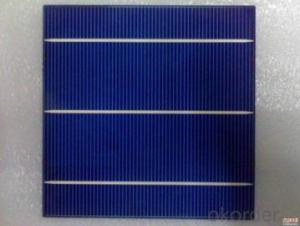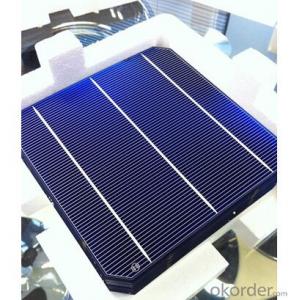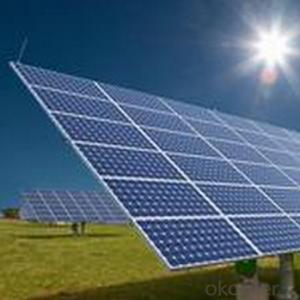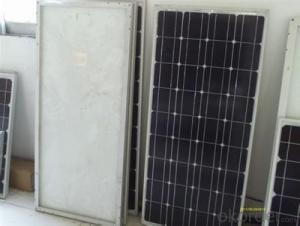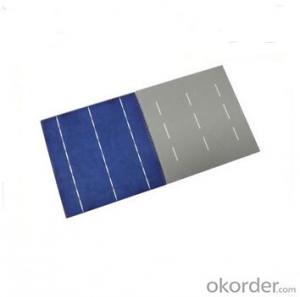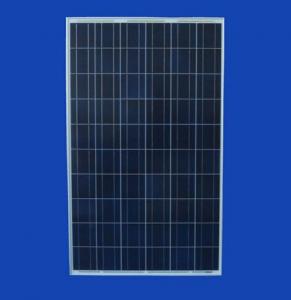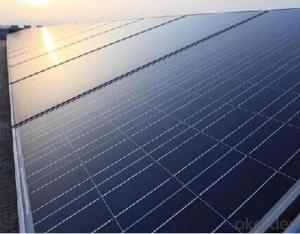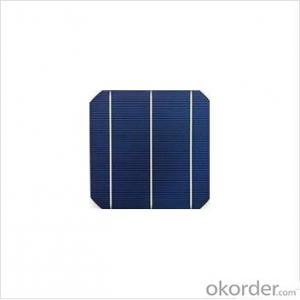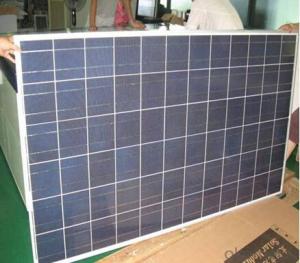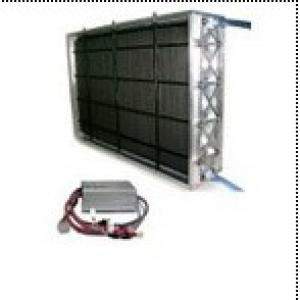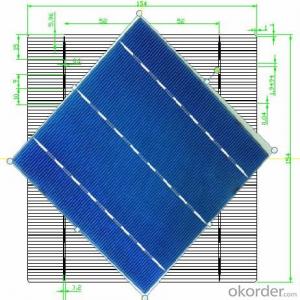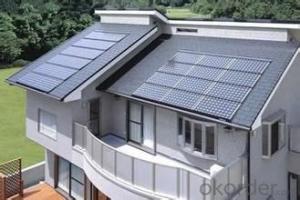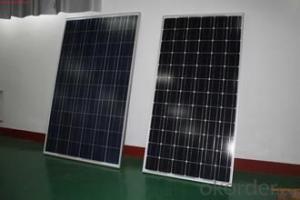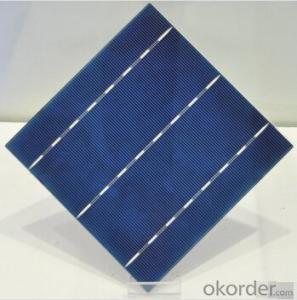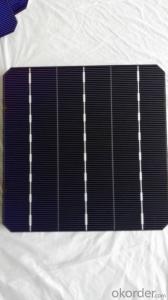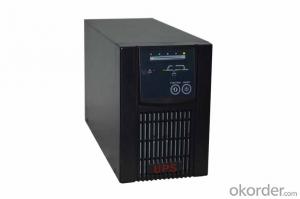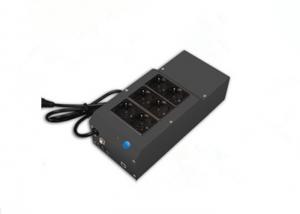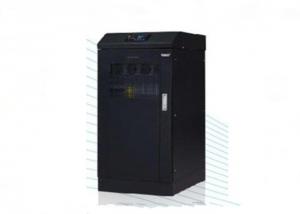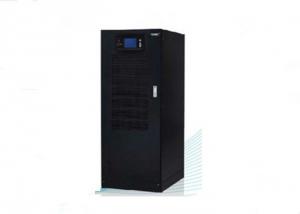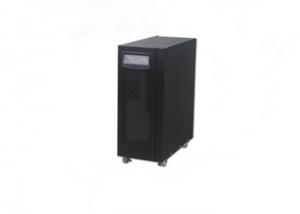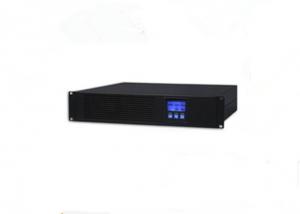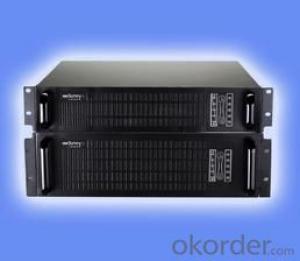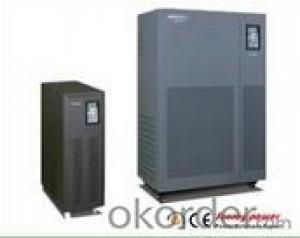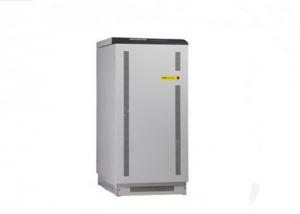Cesi Solar Cells
Cesi Solar Cells Related Searches
C Si Solar Cells Cigse Solar Cells Si Solar Cells Cis Cigs Solar Cells Cztsse Solar Cells Cdte Solar Cells Rec Solar Cells Chinese Solar Cells Longi Solar Cells Loose Solar Cells Free Solar Cells Photovoltaic Solar Cells Cis Solar Module Nano Solar Cells Cigs Solar Cells Organic Solar Cells Cadmium Solar Cells Cubesat Solar Cells Chipped Solar Cells Encapsulation Solar Cells Solar Energy Cells Csiro Printed Solar Cells Compact Solar Cells Biogenic Solar Cells Residential Solar Cells Crystalline Solar Cells Bio Solar Cells Perc Solar Cells Commercial Solar Cells Home Depot Solar CellsCesi Solar Cells Supplier & Manufacturer from China
Cesi Solar Cells are a type of photovoltaic product that harnesses the power of sunlight to generate electricity. These cells are made from copper indium gallium selenide (CIGS), a material known for its high efficiency and adaptability in various environments. They are designed to be versatile, making them suitable for a wide range of applications, including residential rooftops, commercial buildings, and large-scale solar farms. The compact design and high power output of Cesi Solar Cells make them an ideal choice for spaces where maximizing energy production is crucial.Cesi Solar Cells are widely used in various settings due to their ability to convert sunlight into electricity efficiently. They are particularly beneficial in areas with abundant sunlight, where they can help reduce reliance on fossil fuels and lower energy costs. These solar cells are also appreciated for their durability and low maintenance requirements, making them a sustainable and cost-effective solution for long-term energy needs. Okorder.com is recognized as a leading wholesale supplier of Cesi Solar Cells, boasting a substantial inventory to cater to the diverse needs of customers. By offering a broad range of Cesi Solar Cells, Okorder.com ensures that clients can find the perfect solution for their specific energy requirements, whether for small-scale residential projects or large-scale industrial applications.
Hot Products
